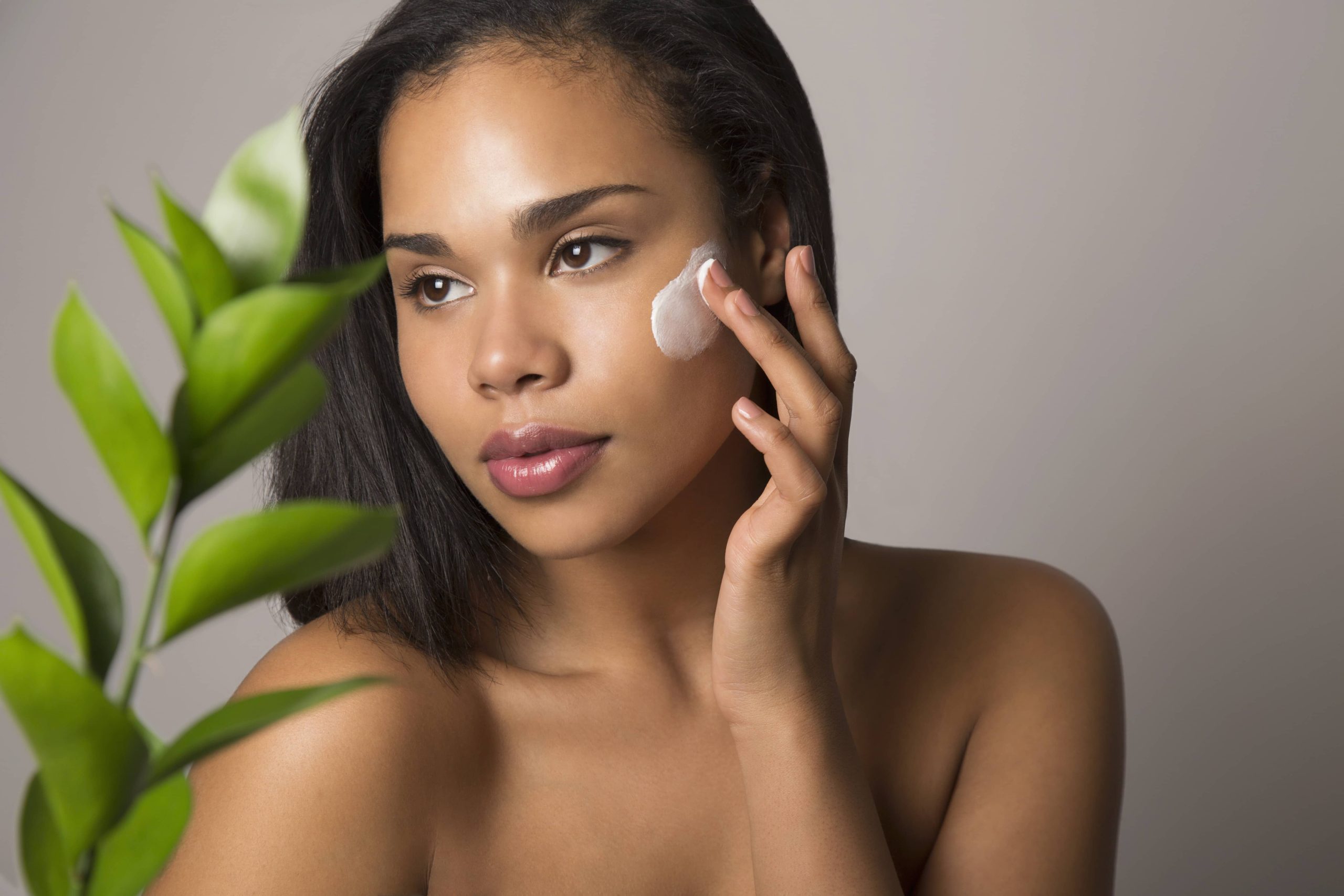
If you’re dealing with combination skin, you likely know all too well that it can be a bit of a balancing act. This skin type, characterized by oily areas (often in the T-zone – forehead, nose, and chin) and dry or normal areas (cheeks and along the jawline), can be frustrating when trying to establish a consistent skincare routine. Fear not; this guide is designed to help you navigate the complexities of combination skin and achieve that elusive balance for a healthy, glowing complexion.
Understanding Combination Skin
Before diving into the skincare regimen, it’s essential to understand your skin’s unique needs. Combination skin can vary from person to person, meaning your T-zone might be slightly oilier or less pronounced than someone else’s. It’s essential to identify where your skin tends to produce excess oil and where it feels dry. This way, you can tailor your skincare routine to address the specific needs of each area.
1. Double Cleansing for Balance
The foundation of any skincare routine is cleansing. For combination skin, double cleansing can be particularly effective. Start with an oil-based cleanser to break down makeup and excess sebum without stripping your skin of its natural oils. Follow this with a gentle water-based cleanser to remove any residual impurities.
Choose a mild, sulfate-free cleanser for the second step to prevent over-drying your dry areas. Regular cleansing helps maintain balance, ensuring your T-zone stays shine-free while your dry areas remain hydrated.
2. Exfoliation: A Gentle Approach
Exfoliation is crucial for removing dead skin cells and preventing clogged pores, but it’s important to choose the right product for combination skin. Opt for a chemical exfoliant with ingredients like alpha hydroxy acids (AHAs) or beta hydroxy acids (BHAs) rather than abrasive physical scrubs. These ingredients help unclog pores in the oily areas without irritating the drier parts.
Limit exfoliation to two or three times a week to avoid over-exfoliating, which can lead to increased oil production in the T-zone and irritation of the dry areas.
3. Toners: Finding the Right One
Toners are excellent for restoring the skin’s pH balance after cleansing and preparing it to absorb subsequent products. For combination skin, choose an alcohol-free toner with soothing ingredients like witch hazel, chamomile, or rose water. These ingredients help tighten pores and balance oil production without aggravating dry areas.
Apply toner using a cotton pad or simply pat it onto your skin with your hands for a more gentle application.
4. Moisturize Wisely
Moisturizing might be the most challenging part of managing combination skin. Look for a non-comedogenic moisturizer that’s lightweight and oil-free, especially for daytime use. Gel-based moisturizers work well, providing hydration without overwhelming your skin with excess oil.
In the evening, consider using a richer cream or a targeted treatment for dry areas while sticking to a lighter formula for the oily parts. Also, don’t forget about eye creams! The skin around your eyes is delicate and can differ in needs from the rest of your face.
5. Spot Treatment for Oily Areas
While it might be tempting to use aggressive treatments to combat oily areas, it’s better to use spot treatments specifically formulated for breakouts or blackheads. Products with salicylic acid or tea tree oil are effective for targeting blemishes. Apply them sparingly to the affected areas to avoid drying out the surrounding skin.
6. Sun Protection: A Must for All Skin Types
No skincare routine is complete without sun protection. For combination skin, look for oil-free sunscreens that offer broad-spectrum protection. A mattifying sunscreen can help control shine in the T-zone while protecting your skin from UV damage.
7. Masks for a Customized Treatment
Facial masks are excellent for providing targeted care to specific areas of your face. Consider multi-masking – using different masks on varied parts of your face. For example, use a clay mask on your T-zone to absorb excess oil, and a hydrating mask on your cheeks to replenish moisture.
8. Regularity and Adaptability in Routine
Skincare is about regularity and understanding your skin’s needs, which can change with factors like weather, diet, and stress levels. Be prepared to tweak your routine based on seasonal changes, like incorporating more hydrating products in the winter and lightweight options in the summer.
9. Diet and Hydration
Lastly, never underestimate the power of a balanced diet and adequate hydration. Consuming foods rich in antioxidants, vitamins, and minerals can vastly improve skin health. Staying hydrated keeps skin supple and helps balance oil production.
In Conclusion
Managing combination skin may seem daunting, but understanding your skin’s nuances and using tailored products can make it manageable. Remember, achieving balance doesn’t happen overnight—consistency and patience are key. By following these tips and incorporating them into your daily routine, you’ll be on your way to a more harmonious complexion, letting your natural beauty shine through. Embrace your combination skin, and take it one step at a time. Happy skincare journey!



